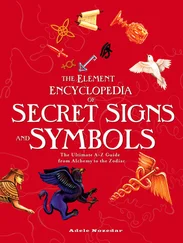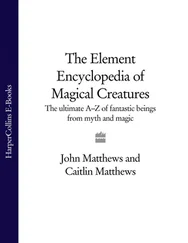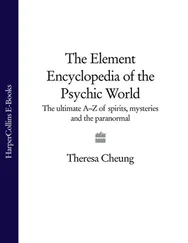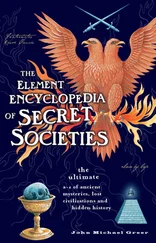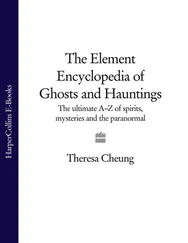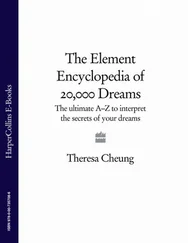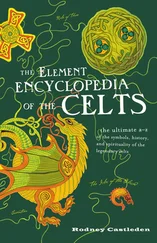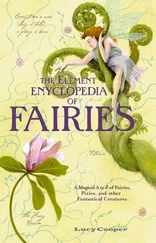Create a new office of Federal Indian Relations
Remedy breakdown in the constitutionally prescribed relationships between the United States and Native Nations
Ensure immunity of Native Nations from state commerce regulation, taxes, and trade restrictions
 Protect Indian religious freedom and cultural integrity
Protect Indian religious freedom and cultural integrity
 Establish national Indian voting with local options; free national Indian organizations from governmental controls
Establish national Indian voting with local options; free national Indian organizations from governmental controls
 Reclaim and affirm health, housing, employment, economic development, and education for all Indian people.
Reclaim and affirm health, housing, employment, economic development, and education for all Indian people.
Perhaps the most noteworthy piece of activism by AIM was “The Longest Walk.” Following a spiritual tradition with political aims in mind, The Longest Walk began in February 1978 with a ceremony on Alcatraz Island, where the Red Power movement had first drawn attention to the plight of Native Americans ten years earlier. The beginning of the Walk started with a pipe ceremony; this pipe was carried the entire length of the route, some 3,200 miles across the U.S.A., ending in Washington, D.C. in July of the same year.
The walk highlighted many issues, such as the need for tribal sovereignty and the civil rights of the Native American people. Support was garnered from both within the Native community and outside of it; and from both inside the United States and from much further afield.
Once in Washington, the pipe, which had been loaded with tobaccoat the beginning of the journey, was smoked at the site of the Washington Monument. Thereafter, rallies were held to highlight all the issues that The Longest Walk had set out to address.
AIM continues to fight on behalf of the Native American peoples.
1868-1913
Also known as Eagle Bonnet, Amos Bad Heart Bull belonged to the Oglala Lakotabranch of the SiouxNation. The nephew of the chiefs He Dogand Red Cloud, and the son of Bad Heart Bull and his wife, Red Blanket, Amos grew up in the traditional way for a young Lakota boy, although his upbringing was disturbed by the growing unrest between the tribe and the European settlers. Amos was only eight years old when the Sioux defeated General Custerat the Battle of Little Big Horn; despite their victory, the Great Sioux War saw the tribe eventually overcome, and Amos’ family fled north to be with the great chief, Sitting Bull, in Canada, for a few years before returning south to the Standing Rock Reservation, and then to the Pine Ridge Reservation, in the early 1880s.
Amos was interested in the history of his people and this, combined with an artistic skill, saw him start to draw pictures showing key events in the life of the tribe. His father Bad Heart Bull was responsible for keeping the Winter Count, a pictorial calendar, and it’s likely that the young Amos picked up these skills from his father.
It was during his time serving as a scout for the U.S. Army that Amos bought a ledger book—intended for accounts, etc.—from a store, and began to draw in it. By chance, he adapted a traditional Indian technique of drawing on hide or skins to a modern medium: paper. This style became known as Ledger Art, and Amos became famous for it. Once he returned to the tribe after his time in the Army, he became the Winter Keeper of the tribe, following in the footsteps of his father before him.
It wasn’t until after his death, though, that Amos’ art gained recognition. His sister, Dolly Pretty Cloud, had inherited the ledger book full of drawings, and she was contacted by a university student, Helen Blish, who wanted to study the drawings as part of her thesis. Her professor, Hartley Alexander, made photographs of the drawings to accompany his student’s text—which was fortunate, since when Dolly died the ledger book was buried with her. The text and drawings were subsequently published in 1938 by Professor Alexander as Sioux Indian Painting . Some 30 years later it was printed again, the content considered a very important record of the history and culture of the Lakota people, this time under the title A Photographic History of the Oglala Sioux , by Helen Blish’s alma mater, the University of Nebraska Press.
Meaning “The Ancient Ones,” the Anasazi were among the first dwellers in the vast land that became the United States. Sometimes called the “Ancient PuebloPeoples,” the Anasazi lived in the southwest. The Anasazi have been traced back as far as 6000 B.C., a hunter-gatherer people who had started to settle into agriculture (primarily growing maizeas a crop) in the last two centuries B.C. The Anasazi also left behind a significant accumulation of archeological remains that have helped us to understand something of their culture and way of life.
By A.D. 1200, horticulture had become a very important part of Anasazi economy, although prior to this they had still traveled in search of hunting grounds and sources of food. The more settled they became, however, the more skilled the Anasazi became at basket making, and indeed this was so important that the three delineated periods of Anasazi culture, from 1000 B.C. until A.D. 750, are defined as “the three Basket-Making periods.” Remains of these baskets—and sandals—prove that they were not simply utilitarian objects, but works of art, too.
The Anasazi buried their dead in deep circular pits lined with stones, grasses, and mud; they stored goods in the same way. Houses were similar to hogans—circular permanent structures constructed of a framework of branches covered in reeds, grasses, and earth.
By A.D. 500, the Anasazi were settled into a farming culture, living in small settlements that were scattered widely over what is now southern Utah. These settlements could be as small as just three homes, or as large as a “village” containing more than a dozen buildings.
Archeological investigations of Anasazi remains have also helped us to gauge the arrival of the bow and arrowinto this part of America. Sometime before A.D. 750, the bow and arrow replaced the older spear thrower. Around about the same time period, the people also started to make pots, probably as a direct result of using a basket lined with clay as a cooking receptacle. It wouldn’t have taken long to realize that the basket itself wasn’t a necessary part of the structure once the clay had hardened (probably in the cooking process). Anasazi pottery came in two grades: the plain “everyday” kind, and the more decorative ware which was patterned with black-on-white designs.
From A.D. 750 onward, we start to think of the Anasazi as the Pueblo. This name refers to the way the people came to live, in solid, stonebuilt multistoried houses. “Pueblo” is not a tribal name, as some suppose.
For 250 years onward, from A.D. 900, the Pueblo houses, formerly made from wooden poles and adobe, started to be replaced with stone masonry, and a floor was developed that was at the same level as the ground. The actual pithouses, or kiva, were used instead for ceremonies.
The shamanor medicine manof the Inuit.
Читать дальше
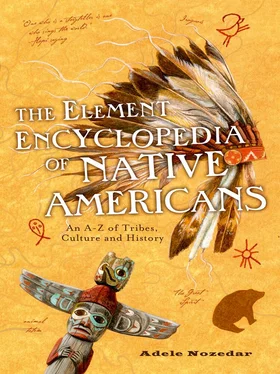
 Protect Indian religious freedom and cultural integrity
Protect Indian religious freedom and cultural integrity

